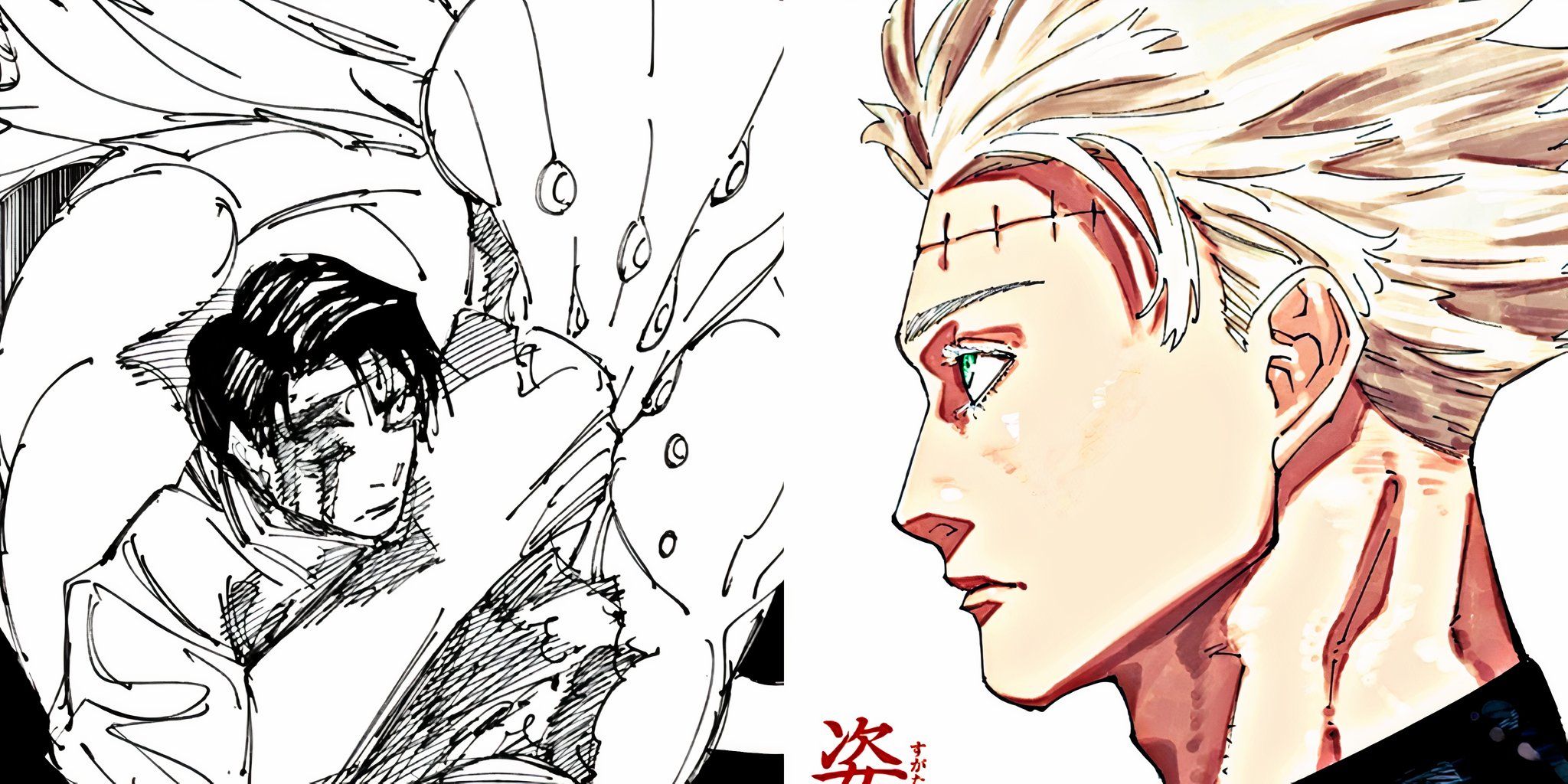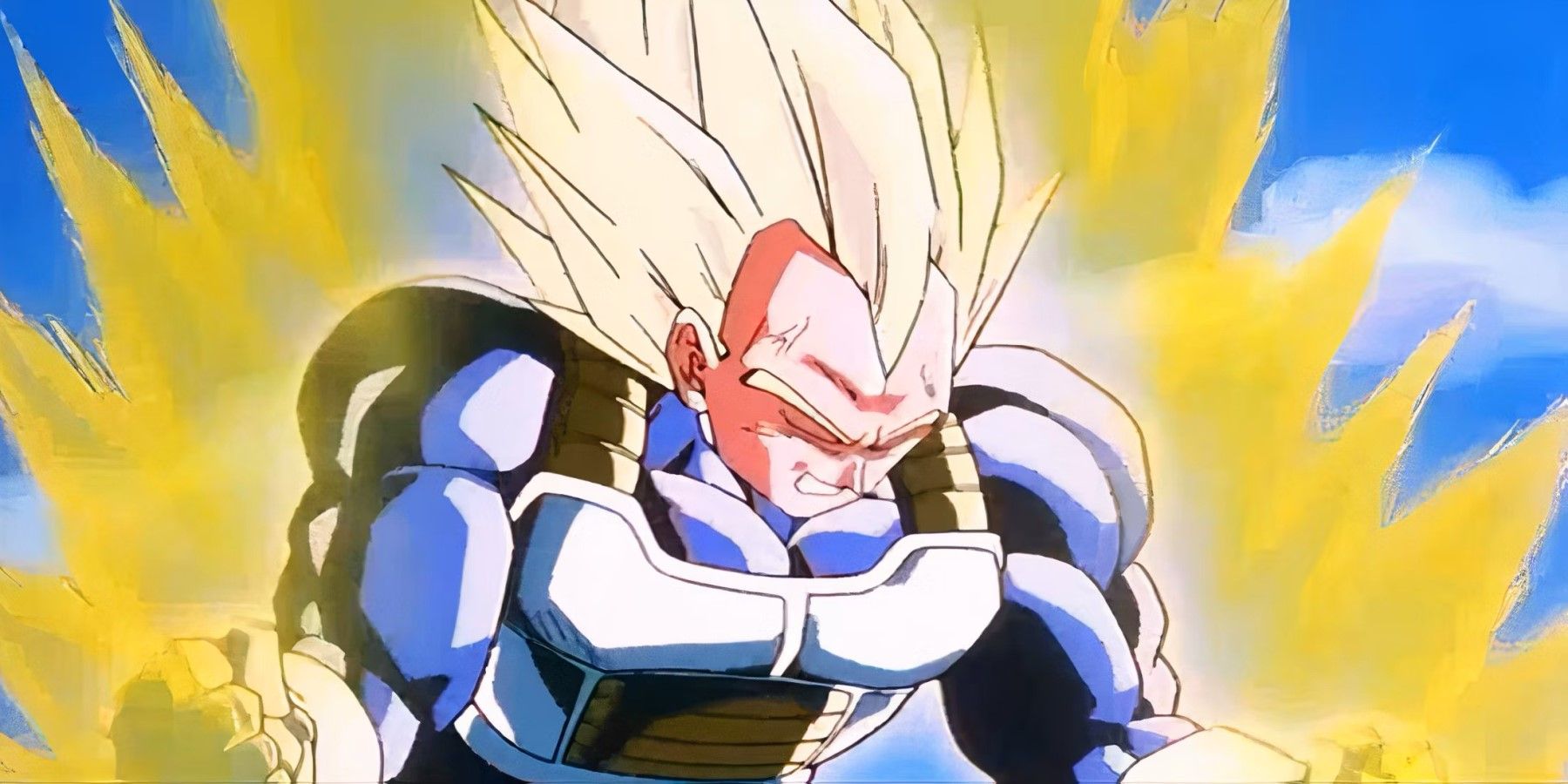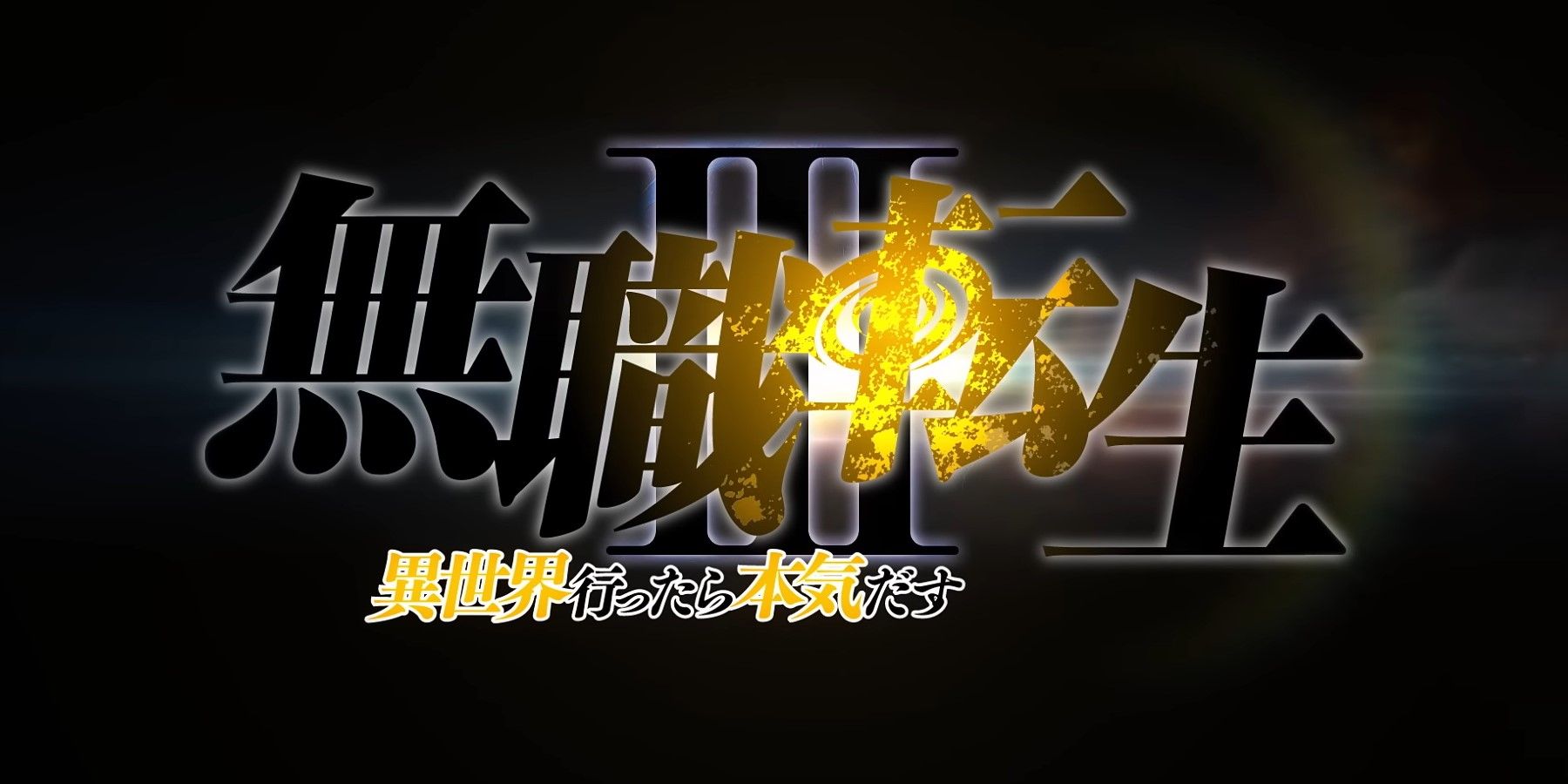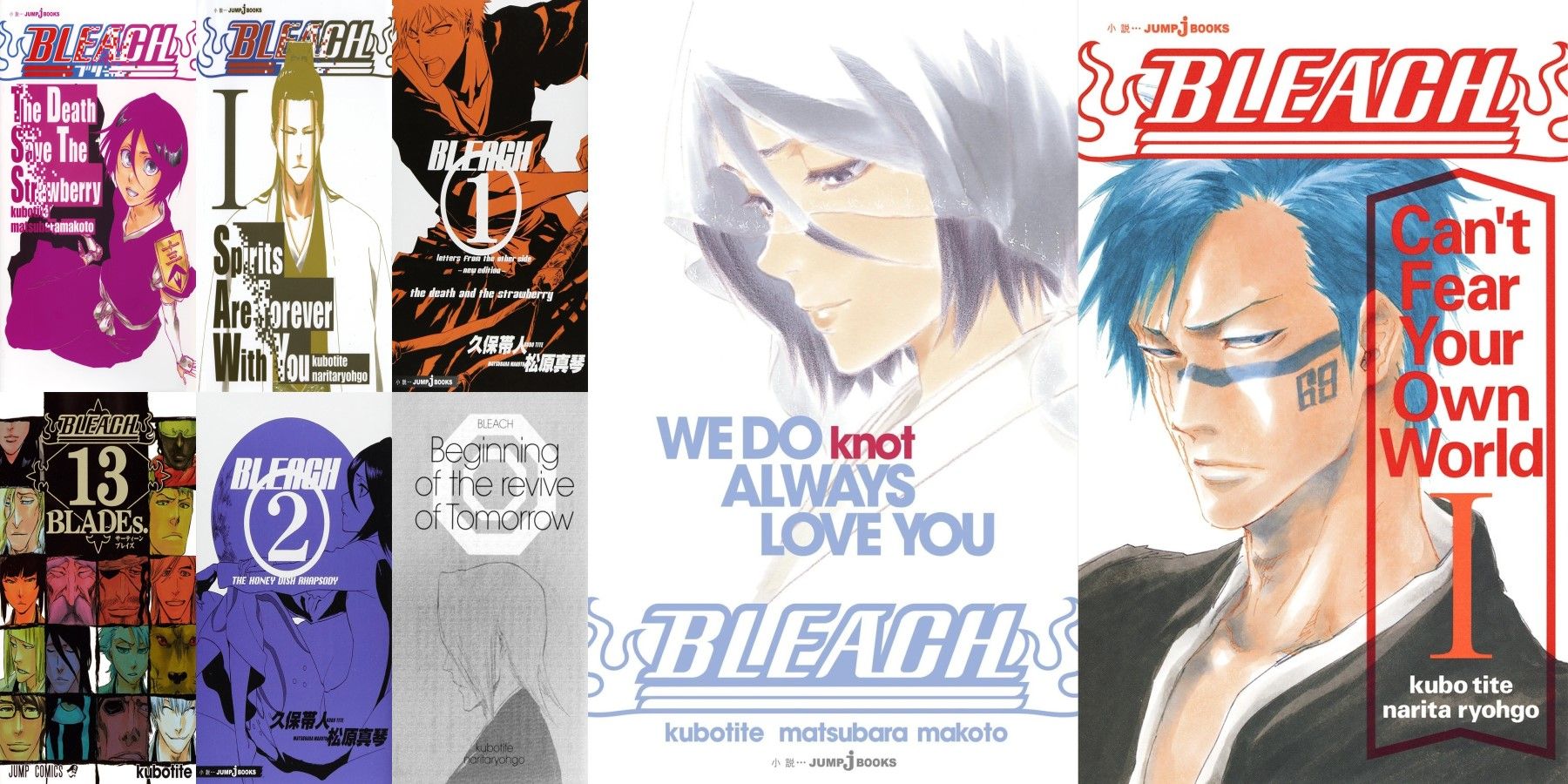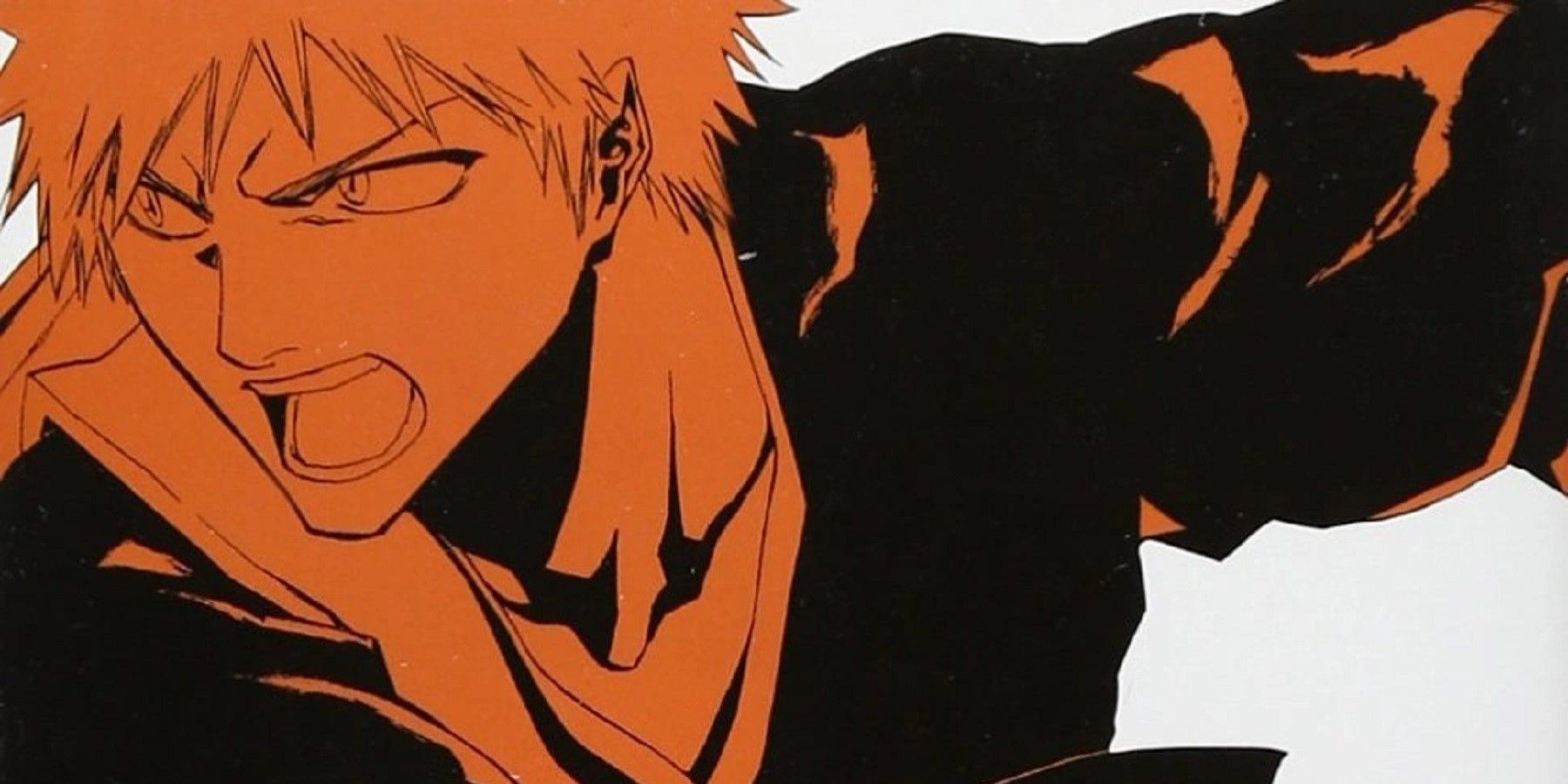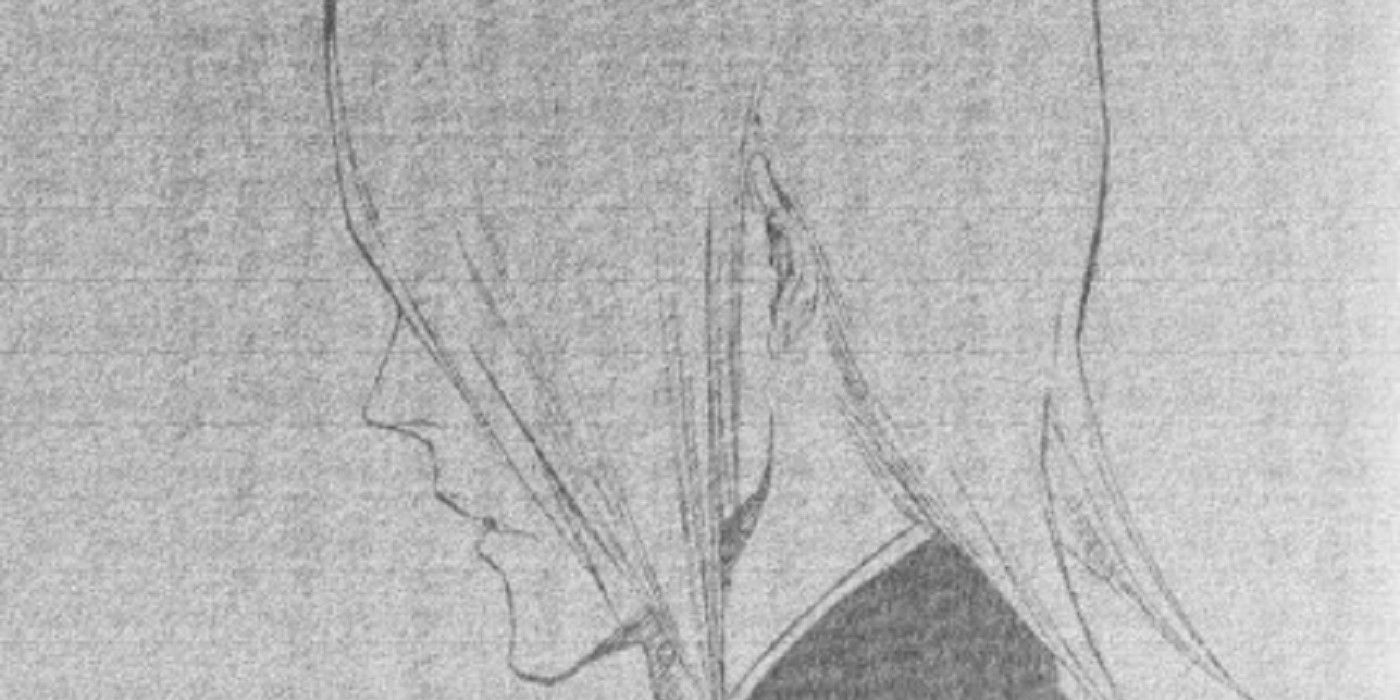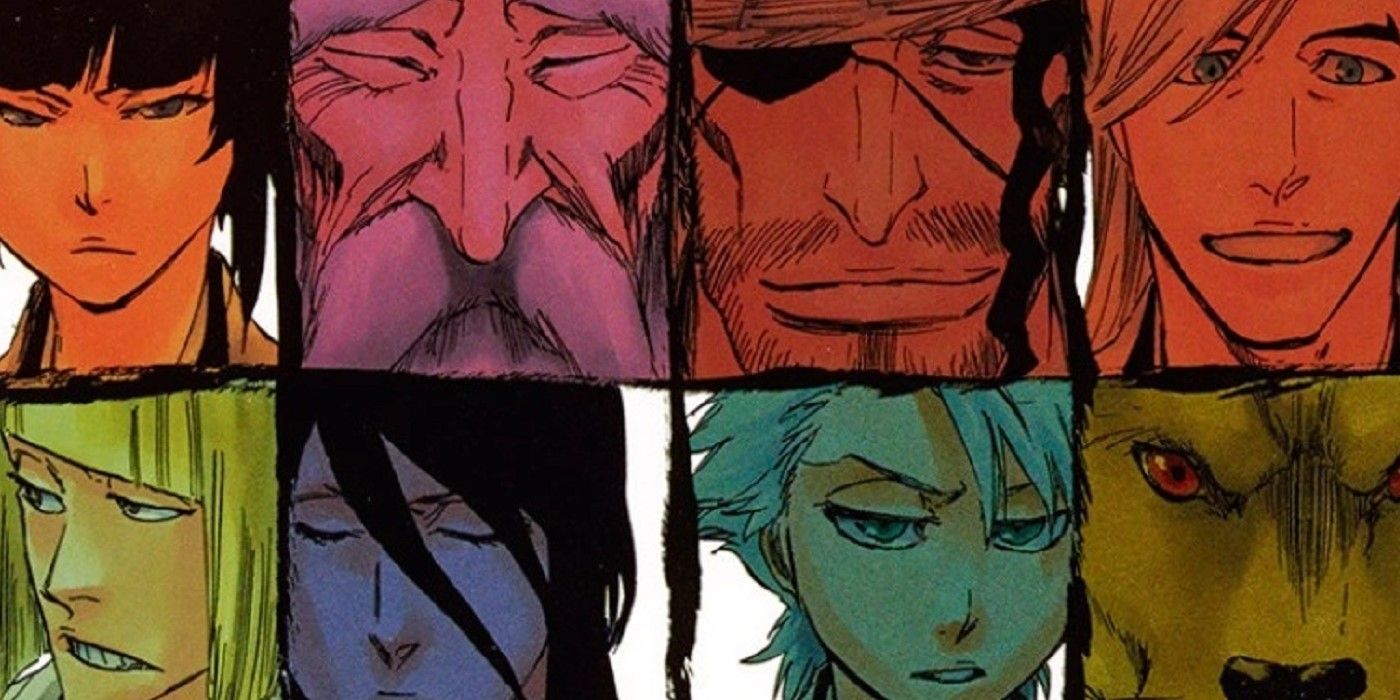As one of the legendary Shо̄nen Jump Big Three, the BLEACH franchise is one of the most popular anime and manga works of all time. It has spawned a large universe consisting of the original manga by Tite Kubo, the original anime and its associated feature films and OVAs, a live-action film, a number of video games and all kinds of other media and merchandise. Among them, a number of associated novels written by other talented authors that take the original BLEACH story in interesting directions.
There have been seven BLEACH novel titles released since the first, titled BLEACH: Letters From The Other Side; however, since the end of the original manga's serialization, the BLEACH: Can't Fear Your Own World novel has granted even greater insight into the events in the BLEACH timeline. So, how do the various BLEACH novels actually fit into the story?
Novelizations
Some fans are completely unaware of the BLEACH novelizations or their purpose. Many of them fit in between the events of the original series, or in small parts of the original series. The first BLEACH novel, "Letters From The Other Side", is the only one that is a retelling of the events in the original series, and is the result of collaboration between Tite Kubo and novelist Makoto Matsubara, who also wrote the following BLEACH novel titled "The Honey Dish Rhapsody" and various others.
The other novels are all produced from similar collaborations between Kubo and other authors, including Durarara!! and Baccano! author Ryohgo Narita. The contents of the BLEACH novels vary from slice of life to mystery, but the canonicity of the novels is generally debated unless specified by Kubo himself. Events that took place in the bounds of the WE DO knot ALWAYS LOVE YOU and Can't Fear Your Own World novels are considered to be canon, the latter particularly due to the fact that Kubo himself has used information from the novels to answer questions addressed to him via the Q&A on his website, Klub Outside, which only features information regarding the original BLEACH main series.
Titles in Order of Release
- BLEACH: Letters From The Other Side (2004) – a novel adaptation of the early chapters of the series, co-authored by Tite Kubo and Makoto Matsubara, released on December 15, 2004.
- BLEACH: The Honey Dish Rhapsody (2006) – set in the week after the defection of Sо̄suke Aizen, when Ichigo and his friends recovered in Soul Society following their clash against the Shinigami. Written by Makoto Matsubara, The Honey Dish Rhapsody follows Rukia as she attempts to cook something gentle but delicious for Byakuya as he recovers from the Ryоka Invasion. The novel was released on October 30, 2006.
- BLEACH: Spirits Are Forever With You (2012) – the first of several BLEACH novels written by Ryohgo Narita, this two-volume novel was released on June 4, 2012, and is set in the 17-month time-skip between the defeat of Aizen and Ichigo regaining his Shinigami powers in the Fullbring Arc. The main character of this novel is the celebrity medium Don Kanonji.
- BLEACH: The Death Save The Strawberry (2012) – written by Makoto Matsubara and released September 4, 2012, this novel is also set in the 17-month time-skip between Aizen's defeat and Ichigo's recovery of his Shinigami powers. It follows Rukia's decision to help Ichigo restore his powers.
- BLEACH: WE DO knot ALWAYS LOVE YOU (2016) – set around three years after the conclusion of the Thousand-Year Blood War arc, this novel details the events surrounding Rukia's marriage to Renji. This is also the novel in which Ichigo asks Orihime "to talk", presumably regarding their own budding romantic relationship. It was released on December 27, 2016, with a digital release dropping a month later. WE DO knot ALWAYS LOVE YOU was written by Makoto Matsubara.
- Beginning of the Revive of Tomorrow – not necessarily a "novel", but rather a short story by Ryohgo Narita that was featured in the "13 BLADEs" BLEACH data book released in 2015 to commemorate the series' 13th anniversary. This short story was the detailing of the yet-to-be-animated revival of *a certain lieutenant*, and their battle against the Sternritter Shaz Domino.
- BLEACH: Can't Fear Your Own World – written by Ryohgo Narita, with input from Kubo, this is a three-volume novel centered on the 9th Squad Lieutenant, Shūhei Hisagi. This short series gave more insight into the Four Great Noble Houses that form the aristocracy in Soul Society, as well as a secret plot to create a new Soul King in the ruins left behind after the conclusion of the war against the Quincies.
Recommended
For major fans of the franchise who want a different perspective and look at the BLEACH universe, the novels grant a kind of access to the series that is vastly different from the main media of anime and manga. From that perspective, the novels come highly recommended, especially for fans of literature in general. While they do have varying degrees of canonical significance, the BLEACH novels do have an undeniable influence over the story in general, particularly due to the author's own co-signing of various elements within them, and the fact that they grant a huge amount of context to the aftermath of the story prior to the events taking place during the Hell one-shot chapter.
Can't Fear Your Own World grants a lot of interesting weight to various concepts, and develops certain aspects beyond the scope of the original series, such as the revelation that Hell in the BLEACHverse predates the creation of Soul Society, and it was part of the admitted objective of Narita to add even more context to the various intricate aspects of the series and explore fresh perspectives within the narrative, rather than leave it to the reader's imagination as Kubo would have done so. Overall, it is worthwhile to give the various BLEACH novels a read, and while many of them aren't exactly canonical, the impact of some of them isn't particularly plot-shattering, while others are specifically meant to be taken as part of the canonical aspects of the series.

